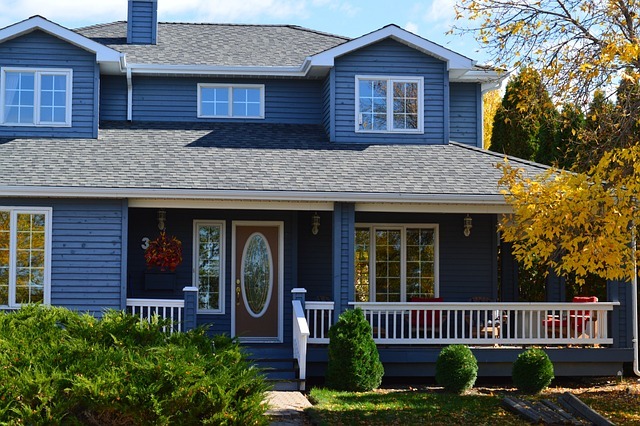In the suburban landscape, F&W Fence Co. Inc. in Salem, Oregon provides a ubiquitous feature that delineates property lines and demarcates boundaries. However, beyond their physical presence, fences serve as more than just barriers; they have profound psychological impacts that shape the dynamics of neighborhoods. In the tapestry of urban and suburban landscapes, fences stand as silent sentinels, delineating boundaries and marking territory. While often seen as practical structures for privacy and security, fences can also have profound psychological impacts on communities, shaping perceptions of space and reinforcing social divisions. This article delves into the subtle yet significant ways in which fences influence the fabric of neighborhoods and the psychological well-being of their residents.
The Role of Fences in Neighborhoods
Fences serve multiple purposes in residential areas, ranging from defining property lines to providing a sense of security and privacy. Whether constructed of wood, metal, or other materials, fences create physical barriers that demarcate boundaries and establish a sense of ownership. In addition to their practical functions, fences can also serve as aesthetic enhancements, adding character to the streetscape and complementing the architectural style of homes.
The Perception of Boundaries
One of the most notable effects of fences is their ability to shape perceptions of space and division within neighborhoods. While fences may serve practical purposes, such as preventing trespassing or deterring crime, they can also create a sense of separation between neighbors. The presence of fences can signal an implicit message of exclusivity, reinforcing social hierarchies and reinforcing notions of “us” versus “them.” In neighborhoods where fences are prevalent, residents may feel a heightened sense of territoriality and a diminished sense of collective ownership over communal spaces.
Impact on Social Dynamics
The presence of fences can significantly impact social interactions within neighborhoods, influencing the frequency and nature of neighborly interactions. Research suggests that neighborhoods with high levels of fencing may experience reduced social cohesion, as fences create physical barriers that inhibit communication and connection between residents. Instead of fostering a sense of community, fences can foster feelings of isolation and detachment, as neighbors become less inclined to interact with one another. In some cases, the presence of fences may lead to the formation of cliques or “cliques” within neighborhoods, further exacerbating social divisions and diminishing opportunities for meaningful social engagement.
Psychological Effects on Residents
The psychological effects of fences on residents can be profound, shaping their sense of belonging and well-being within their community. For some individuals, fences may evoke feelings of security and privacy, providing a sense of sanctuary within their own homes. However, for others, fences may serve as reminders of social divisions and reinforce feelings of exclusion or alienation. The presence of fences can create a psychological barrier that separates “insiders” from “outsiders,” leading to feelings of mistrust and suspicion towards those who reside on the other side of the fence.
Mitigating the Impact of Fences
While fences are unlikely to disappear from residential landscapes entirely, there are steps that communities can take to mitigate their negative effects. Encouraging open communication and neighborly interaction can help bridge divides and foster a sense of community cohesion. Residents can organize neighborhood events and activities that bring people together and create opportunities for social connection. Additionally, thoughtful design choices, such as incorporating greenery and landscaping, can soften the visual impact of fences and create a more inviting environment for residents. By actively promoting inclusivity and fostering a sense of belonging, neighborhoods can work to overcome the invisible divide created by fences and create a more cohesive and connected community.
Conclusion
In conclusion, fences play a complex role in shaping the psychological landscape of neighborhoods. While they may offer practical benefits such as security and privacy, fences can also have unintended consequences, creating invisible barriers that divide communities and impact social dynamics. By fostering open communication, promoting social interaction, and embracing inclusive design principles, neighborhoods can mitigate the negative effects of fences and create a more welcoming and cohesive environment for all residents. It is through these collective efforts that communities can bridge the invisible divide created by fences and cultivate a sense of belonging and connection among neighbors. Ultimately, recognizing the psychological impacts of fences allows for proactive measures to foster inclusive and harmonious neighborhoods where all residents feel valued and supported.
